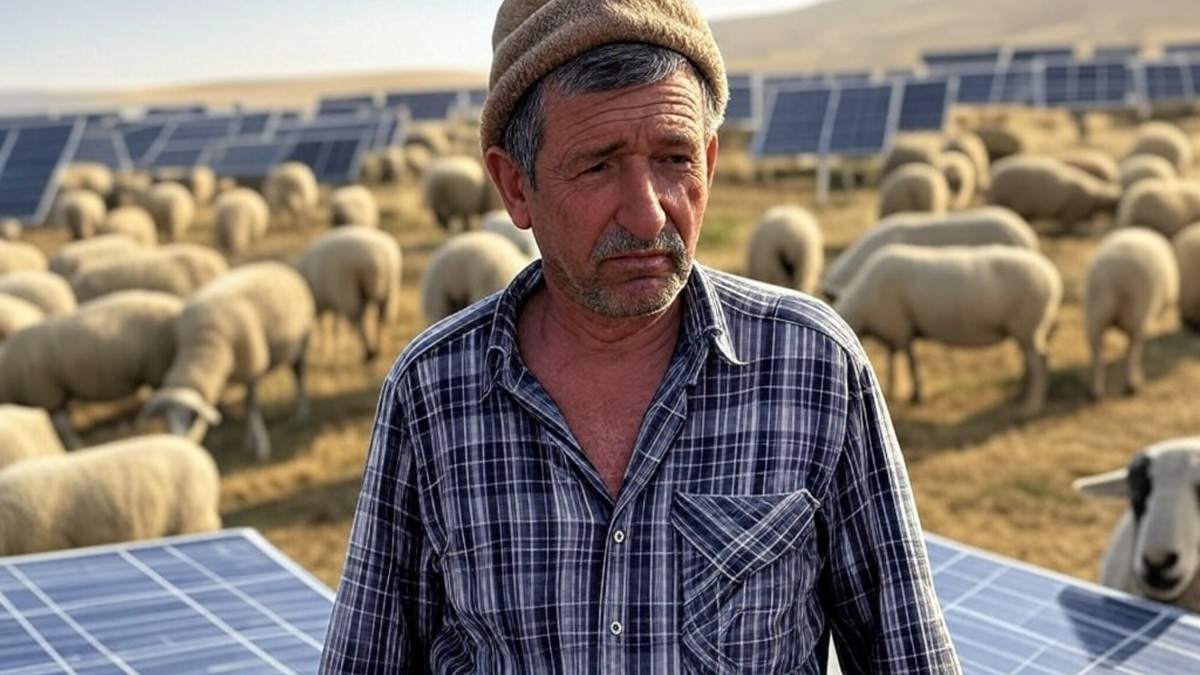It’s not every day that 1,700 Merino sheep share a solar farm, yet that’s exactly what unfolded in Australia. The results, drawn from a three-year field study, were both practical and surprising. Pairing solar arrays with grazing not only kept vegetation in check, it also improved wool quality in measurable ways.
This emerging approach sits under the banner of agrivoltaics, where farming and renewable energy share the same landscape. Rather than competing for space, crops or livestock coexist with photovoltaic infrastructure to deliver food and power in tandem.
What is agrivoltaics?
Agrivoltaics is the practice of using the same acreage for agriculture and solar energy. As demand for clean power grows, the pressure on land-use efficiency intensifies. Conventional wisdom says we must choose between farms and panels, but dual-use designs challenge that trade-off.
In grazing systems, sheep act as living, low-impact “mowers,” trimming grass beneath arrays and reducing the need for mechanical or chemical maintenance. The outcome is a win-win: steadier site upkeep and healthier pastures.
A three-year field trial
At Wellington Solar Farm in New South Wales, researchers worked with Lightsourcebp, EMM Consulting, and Elders Rural Services to evaluate 1,700 Merino sheep over three years. The animals were split into two cohorts: one on traditional pasture, the other grazing between rows of panels.
The question was simple yet important: Would the solar-farm environment affect animal health and wool metrics? Early-2025 results indicated that sheep grazing under the arrays produced wool with stronger fibers and, in some cases, greater fleece growth. The solar design didn’t just coexist with farming; it elevated a key agricultural output.
Why wool quality improved
Several mechanisms likely contributed to the higher quality wool. Shade from panels mitigated heat stress, a known factor that can depress fleece performance and undermine animal welfare. Reduced heat exposure often stabilizes nutrition and water intake, supporting more consistent fiber formation.
The microclimate beneath arrays retains moisture, which can boost pasture quality and reduce dust that can cling to fleeces. Healthier forage translates into steadier protein and energy for wool growth. Some practitioners also note lower parasite pressure, thanks to drier, shaded lanes and more varied grazing patterns.
More than better wool
Beyond the fleece, agrivoltaic systems can streamline operations and improve land-use returns. By integrating grazing, sites reduce mowing and herbicide needs, while keeping vegetation at panel-safe heights. The broader benefits are tangible:
- Lower routine maintenance costs and fewer mower passes around racks and cabling
- Reduced herbicide use and gentler site management with livestock “mowers”
- Improved on-site biodiversity through varied vegetation structure and microhabitats
- New income streams for landholders through dual-use leases and grazing agreements
- Rural economic development that preserves agricultural identity alongside clean energy
- Global momentum, with France and Germany trialing agrivoltaics in vineyards, market gardens, and apiaries
- Practical guidance in regions like Bavaria, where the Bayerische Landesanstalt für Landwirtschaft has issued frameworks to help farmers adopt dual-use designs
As Brendan Clarke of Lightsourcebp has emphasized in public comments, dual-use approaches offer a compelling balance between renewable power and agriculture. The model can keep land productive while delivering reliable, low-carbon electricity.
Caveats and context
Any interpretation should consider potential bias, since the study team collaborated with Lightsourcebp, which sits under the broader BP umbrella. Transparency, independent replication, and peer review are essential to validate outcomes across regions and breeds.
Design is never one-size-fits-all. Panel height, row spacing, rainfall, soils, and stocking rates must be tailored to local conditions. Thorough impact assessments help avoid unintended consequences, from habitat disruption to grazing patterns that don’t fit the site’s ecology.
The road ahead
“Agriculture and clean energy don’t have to compete—they can thrive together.” That emerging lesson from Australia’s Merino flocks points to a smarter land ethic. By tempering heat stress, sustaining pasture quality, and cutting maintenance, agrivoltaics shows how ecology and engineering can work in concert.
The image is compelling: calm sheep beneath glinting arrays, turning vegetation management into a regenerative service. In a warming world with finite land, solutions that stack benefits are the ones most likely to endure. Here, wool, watts, and wildlife can share the same sunlight—and each come out ahead.

